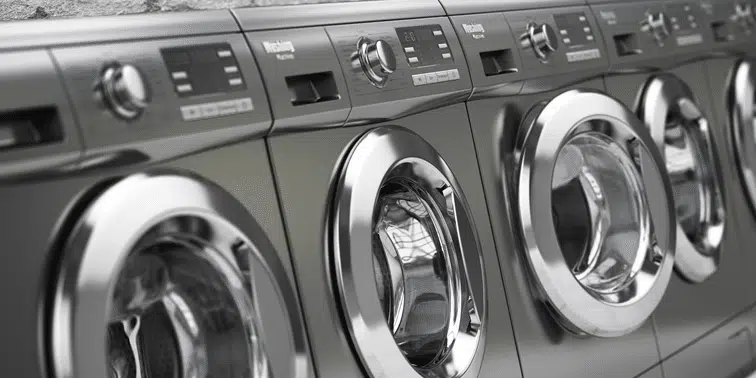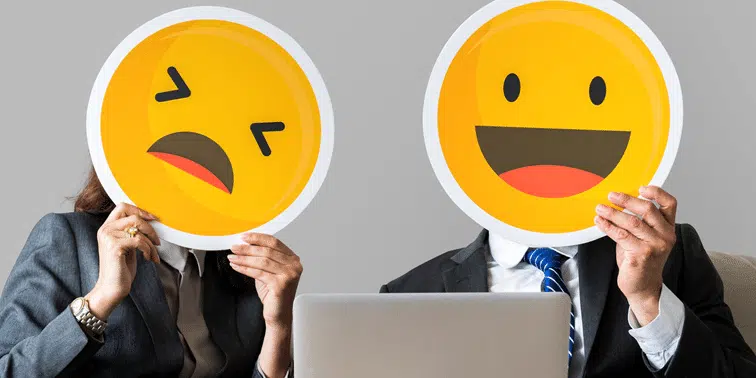This simple advert as featured in The Drum’s; ‘ad’s we like’* is extremely effective in getting a shocking fact across; that one in 10 girls in the UK can’t afford sanitary products. It leaves nothing to the imagination, it shows a template of a sanitary pad to cut out. Message is received simply and clearly that so many girls have to ‘make their own’ This alarming revelation for many will easily grasp attention and in doing so raise awareness of the brand aligning it with a thought provoking initiative by donating to the organisation ‘girls in poverty’.
This is an excellent marketing and brand awareness campaign for HeyGirls. It is a worthwhile Corporate Social Responsibly (CSR) initiative for the brand but it’s certainly not gimmicky. You can see the passion HeyGirls has for the campaign through this stark advertising. The newspaper advert doesn’t make the message underwhelming by covering it up with pretty, aesthetic pictures of women happily riding bikes to work. It aims to leave a strong impact for people reading their morning paper. The founder has clearly done a lot of research too stating that “The lack of appropriate menstrual protection has an impact on school attendance, participation in sports and self-esteem.”
It raises awareness of the issues of accessibility of sanitary products, makes people think about how they might feel if they were put in that situation; Embarrassed? Helpless? Unclean?
This campaign enlightens us that many girls across the UK must decide between sanitary products and survival. HeyGirls is carving a voice for those who struggle with the financial strain of buying these products. The founder herself has been a single mum on benefits and knows first-hand what it is like, therefore choosing to create HeyGirls to help others. So, not only is there a great story to help the brand break into the market, there’s real passion behind HeyGirls.
People are always led to believe that issues of poverty, unhygienic conditions, and hardships are far from home. But HeyGirls has broken this ideology and exposed the truth about deprivation experienced from those who are unable to afford sanitary products. So what HeyGirls has seemed to realise is that to help those elsewhere we need to help ourselves and understand that those around us are struggling too.
We need more ads like this that get to the point, stark and true, no messing. Ultimately it is about sales for Hey Girls but in this day and age there needs to be much more CSR like this for brands to enter the maelstrom and hopefully weather the storm. Women should never be denied access to sanitary products. Period.
Source: *The Drum



